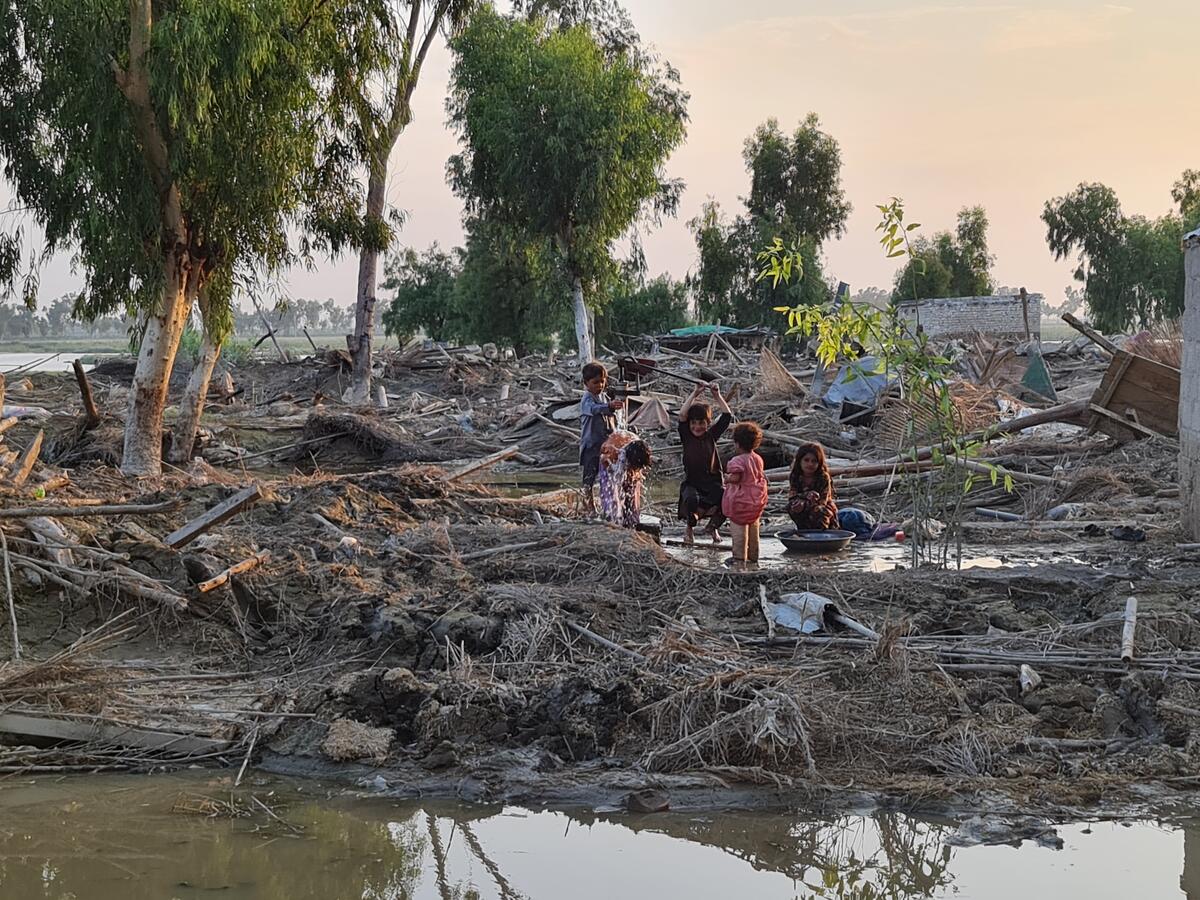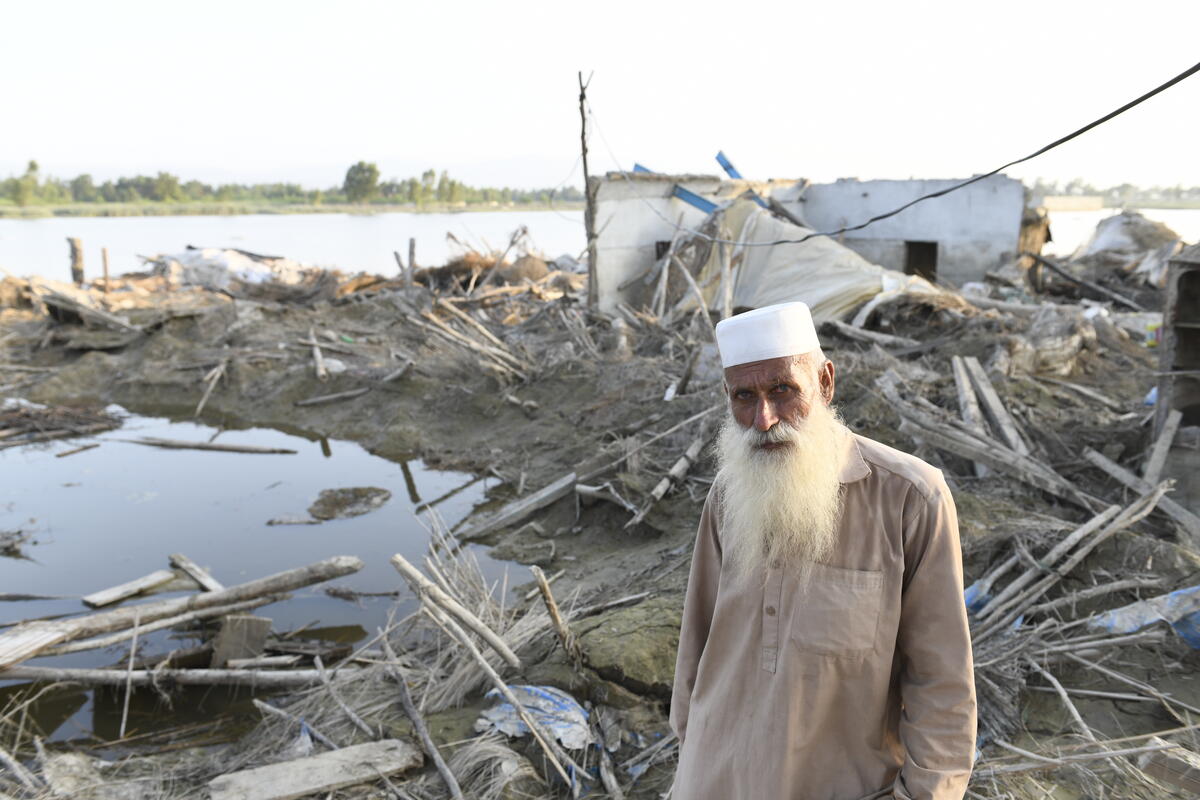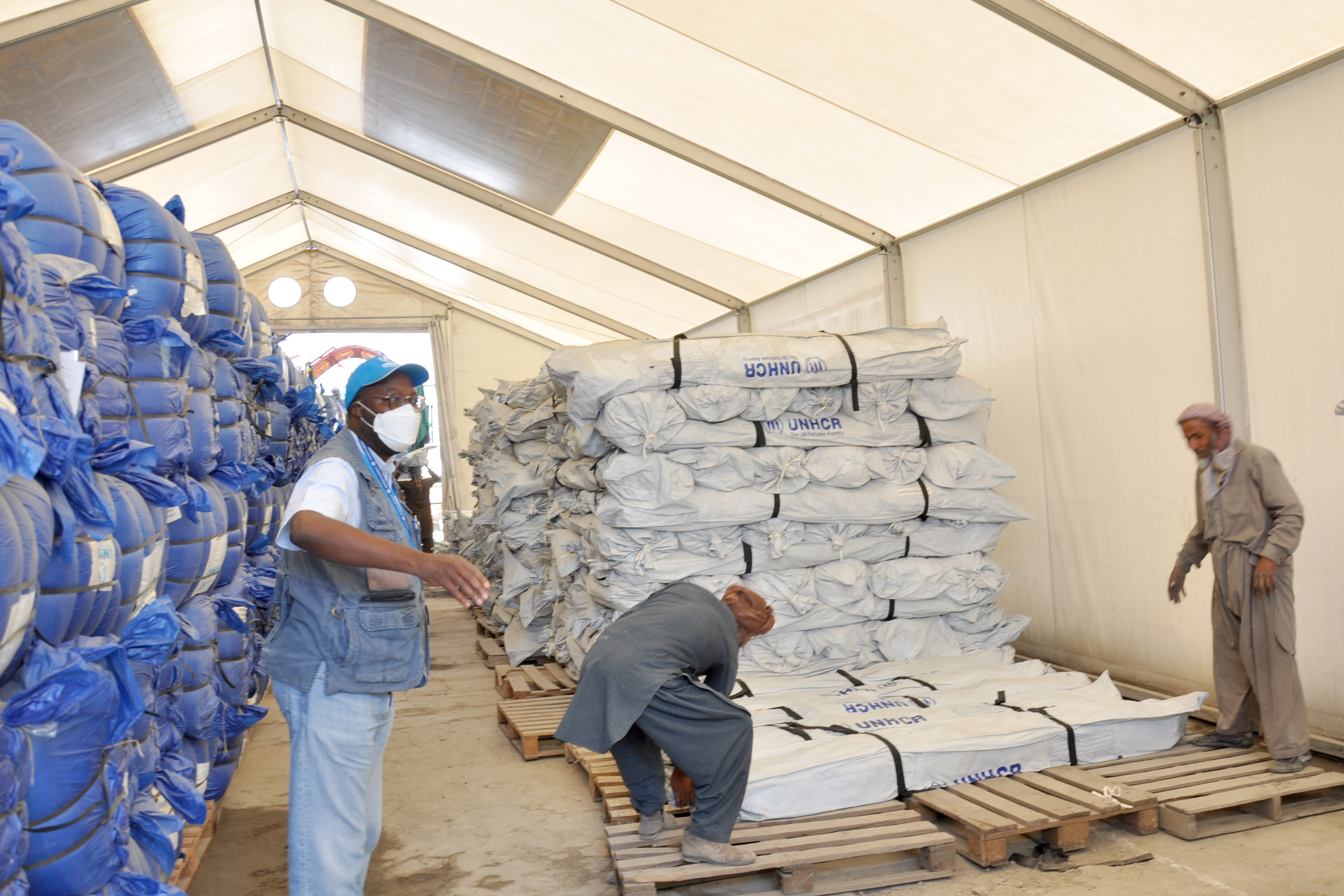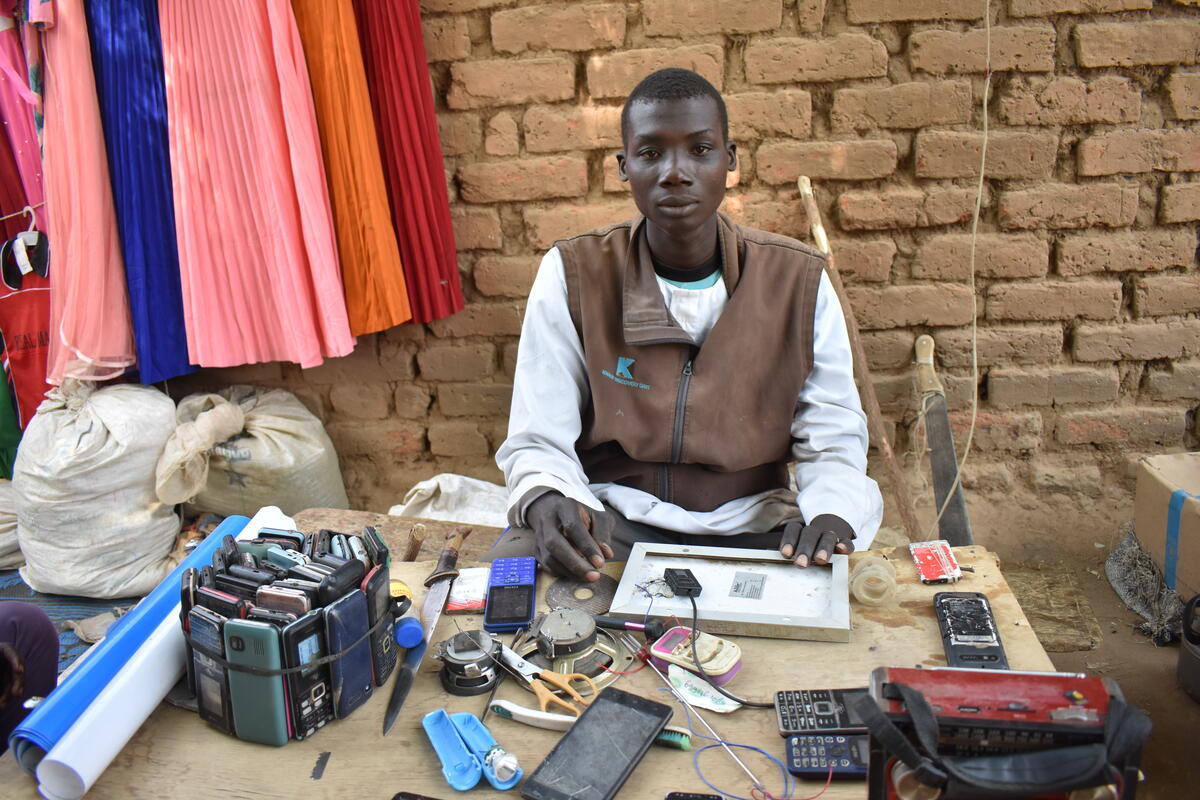Number of Congolese fleeing Lord's Resistance Army tops 15,000
Number of Congolese fleeing Lord's Resistance Army tops 15,000

JUBA, Sudan, February 17 (UNHCR) - The number of Congolese refugees who have sought safety in South Sudan since attacks by the rebel Lord's Resistance Army (LRA) last year has passed the 15,000 mark.
UNHCR staff late last week accompanied local South Sudanese authorities to Lasu, a sparsely populated village in Central Equatoria state where they found the population of Congolese refugees had swollen from 2,000 to about 6,000.
Most of them fled from the Democratic Republic of the Congo town of Aba, which has been attacked several times since January, the latest last week. Lasu is 45 kilometres from the border with the DRC.
There had been fears of a mass influx of refugees from Aba after last week's LRA attack. Refugees interviewed in Lasu by the UNHCR team confirmed that Aba, with an estimated population of 100,000, was deserted. Earlier reports of large numbers of displaced people moving towards Central Equatoria state in South Sudan appear to have been unfounded and it is now believed they have moved to the south based on accounts from the new arrivals in Lasu.
Meanwhile, unconfirmed reports from local residents indicate that LRA fighters are also active in South Sudan, looting property and abducting 21 people in the village of Neuf, 9 km from Lasu.
The UNHCR team members said the refugees in Lasu were generally in good health but needed emergency assistance. They are living in the open, with only one well to share with the local population and no food. There are dozens of unaccompanied children, separated from their parents during flight.
Aid agencies are coordinating assistance, including the provision of clean water and the emergency construction of latrines to improve the sanitation situation. WFP was due to send food supplies from the South Sudan capital, Juba, on Tuesday while UNHCR began a verification of refugees on Saturday. The relief effort is also being supported by the UN Children's Fund (UNICEF), Médecins Sans Frontières-Belgium and MEDAIR.
Meanwhile, in South Sudan's Western Equatoria state, the registered population of Congolese refugees who fled LRA attacks in the Dungu area of northern DRC in January has reached 9,139. The majority are in Ezo (2,258) near Sudan's border with the Central African Republic, while others temporarily settled around Yambio in Gangura (2,451), Sakure (910) and Yambio itself (1,813).
An additional 1,707 are scattered in seven villages in Yambio and Maridi counties near Sudan's border with DRC. UN agencies are collaborating with local authorities to provide security and assistance to these populations.
It is critical to move all of these refugees away from border areas both for security reasons and to facilitate distribution of aid. Access to the refugees will soon become impossible when the seasonal rains begin in April and roads become impassable.
Work is under way in other camps away from the border. Demarcation of plots at Makpandu camp, north of Yambio, is complete and construction of shelters is being done alongside installation of water outlets and latrines. About 400 of the planned 2,000 shelters are completed. The transfer of those who are willing to move began in mid-December, with more than 1,000 relocated to date.








